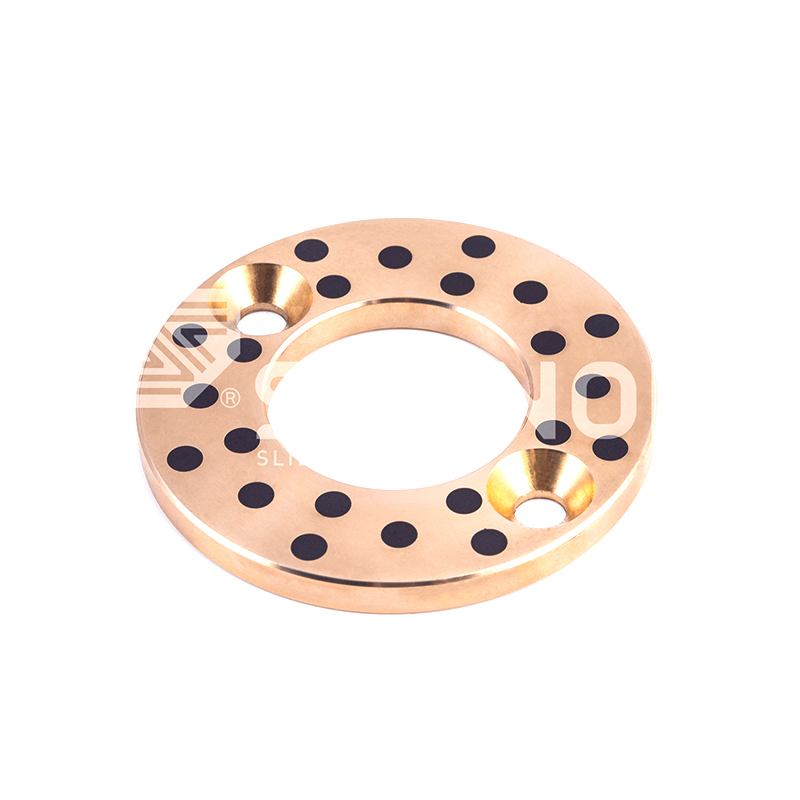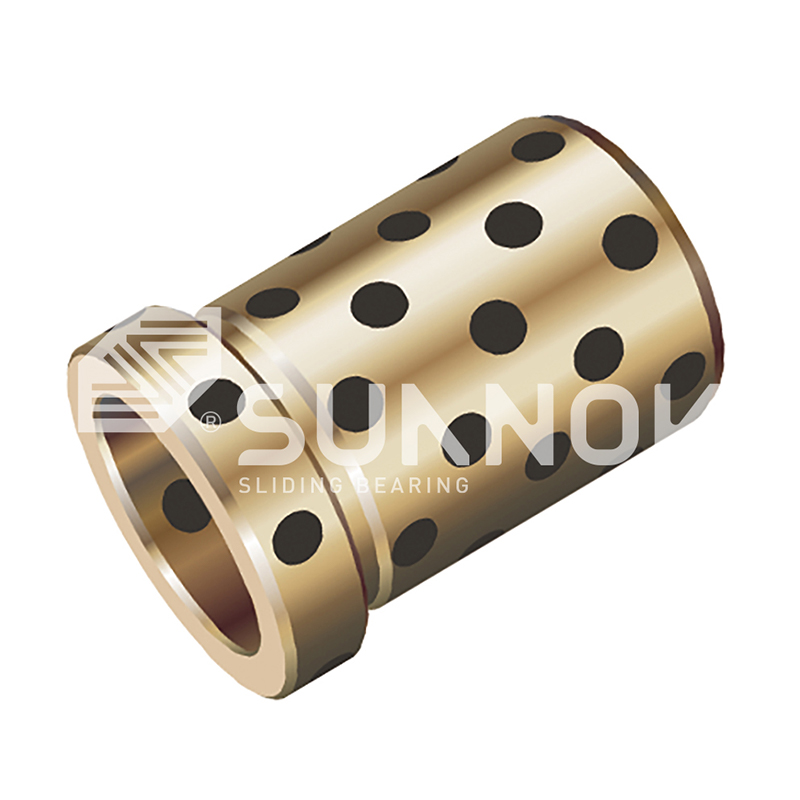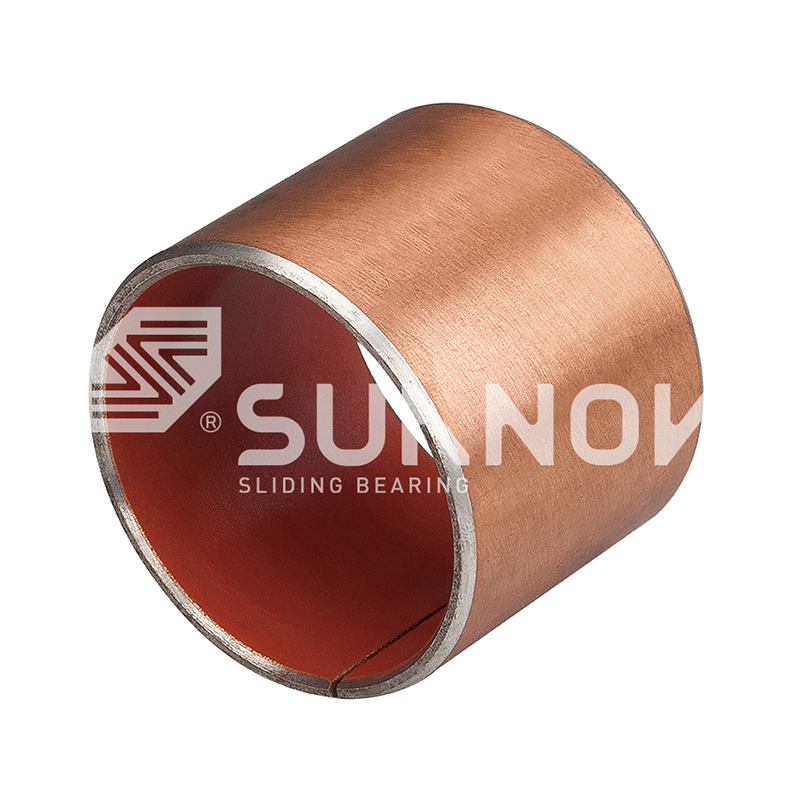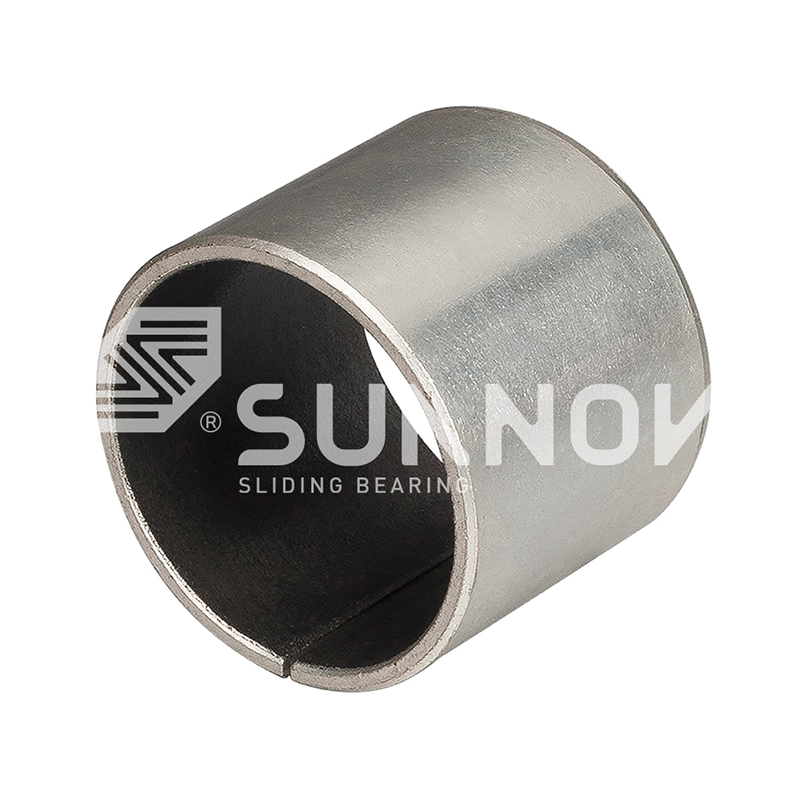-
 JDB Solid-lubricating Bearing JFBB Metric Self-lubricating Oilless Graphite Flanged Bearings Bushings
JDB Solid-lubricating Bearing JFBB Metric Self-lubricating Oilless Graphite Flanged Bearings Bushings -
 JDB Solid-lubricating Bearing JTW Solid Lubricant Graphite Oilless Bronze Thrust Washer Bearing
JDB Solid-lubricating Bearing JTW Solid Lubricant Graphite Oilless Bronze Thrust Washer Bearing -
 JDB Solid-lubricating Bearing JGBF Brass Oilless Ejector Flanged Guide Bearings Bushings
JDB Solid-lubricating Bearing JGBF Brass Oilless Ejector Flanged Guide Bearings Bushings -
 JDB Solid-lubricating Bearing Round Self-lubricating JOST Oilless Brass Flanged Guide Bearing Bushing
JDB Solid-lubricating Bearing Round Self-lubricating JOST Oilless Brass Flanged Guide Bearing Bushing -
 SF-1 Oilless Bearing Maintenance-Free SF-1W Wall Wrapped Lead-Free Bronze Bearing Oilless Bearing Bush
SF-1 Oilless Bearing Maintenance-Free SF-1W Wall Wrapped Lead-Free Bronze Bearing Oilless Bearing Bush -

-
 FB090 Bronze Wrapped Bearing FB090 Bronze Wrapped Bearing | Self-Lubricating Bushing & Sleeve
FB090 Bronze Wrapped Bearing FB090 Bronze Wrapped Bearing | Self-Lubricating Bushing & Sleeve -
 FB090 Bronze Wrapped Bearing FB092 Bronze Wrapped Bearing - Oilless Dry Sliding Bushing Self-Lubricating Bushing
FB090 Bronze Wrapped Bearing FB092 Bronze Wrapped Bearing - Oilless Dry Sliding Bushing Self-Lubricating Bushing
The difference between sliding bearings and rolling bearings
Industry News-Rolling bearings utilize either balls (ball bearings) or cylindrical rollers (roller or "needle" bearings). These elements are contained within bearing rings or "rings, " facilitating motion with little to no sliding resistance. Ball bearings are the most common type and can accommodate both radial and axial loads.
However, rolling bearings are subject to failure modes such as load failure, when the races are deformed by the rolling elements due to load, or the balls deform if they are overloaded, pseudo-hormone failure due to repeated loading under static conditions, and wear and tear due to oscillatory motion due to insufficient lubrication. Cylindrical roller bearings are designed to accommodate heavier loads, and they have greater contact with the raceways, thus spreading the load over a larger area. However, they are not suitable for applications involving thrust loads.
There are differences between plain and rolling bearings. Rolling bearings tend to be significantly more expensive than plain bearings due to their complex multi-component design, sophisticated construction, and precise mounting. Rolling bearings are better suited for applications that require precise positioning of shafts and/or extremely low friction. Sliding bearings have a higher load capacity and resist high shock loads and edge loads due to their larger contact area and adaptability. Sliding bearings compensate for misalignment better than some rolling bearings to reduce the effects of edge loads. The ultra-thin, one-piece design of sliding bearings allows for reduced housing size, saving significant space and weight. Sliding bearings have a greater ability to resist damage from oscillating motion, which extends bearing life. Sliding bearings are not subject to wear damage from rolling element slippage when operating at high speeds and low loads, and have excellent damping properties. There are no internal moving parts in sliding bearings, so compared to rolling bearings, they run quieter and have virtually unlimited rated speeds under properly lubricated systems. Compared to rolling bearings, sliding bearings are directly mounted into simple housings, virtually eliminating assembly damage. Non-metallic sliding bearings have higher corrosion resistance than standard rolling bearings. Sliding bearings can run dry, eliminating the additional costs associated with lubrication, lubricants in maintenance, and equipment downtime. Sliding bearings can run dry at high temperatures and in the presence of contaminants.

